Prison escape: Ten most infamous escapes at Sydney prisons
From swimming across the Harbour to getting a helicopter to land in the exercise yard, Sydney has been witness to some of the country’s most daring prison escapes.
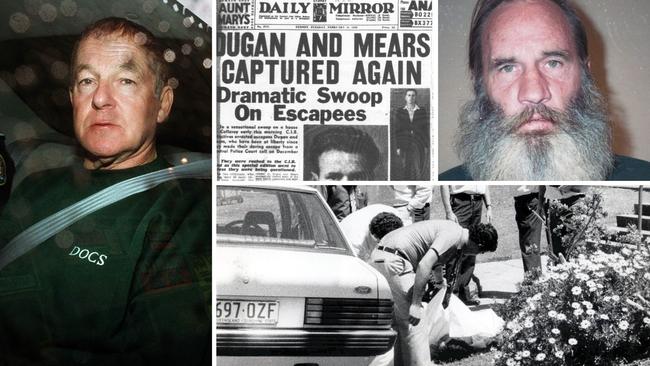
Southern Courier
Don't miss out on the headlines from Southern Courier. Followed categories will be added to My News.
Prisoners have tried – or at least fantasised – about breaking out of Sydney’s toughest prisons for more than two centuries. Yet few have succeeded. To mark the release of News Corp’s On Guard podcast series, we look back at ten of the most daring escapes.
KILLICK CALLS IN THE CHOPPER
John Killick’s 1999 Silverwater prison escape was like something from a Hollywood blockbuster.
The married man and gambling addict made numerous escape attempts sometimes involving his lovers.
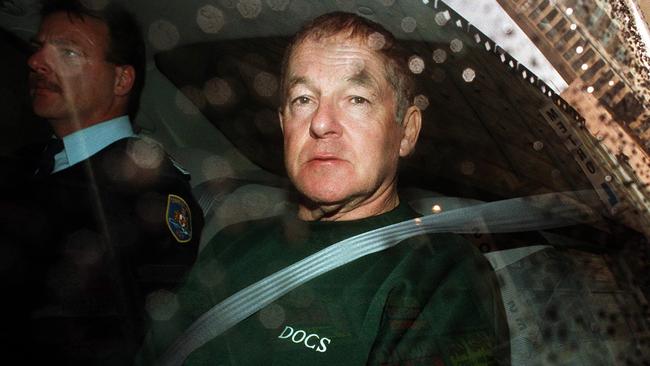
For his most notable escape in 1999 Killick’s partner Lucy Dudko held a gun to a helicopter pilot and forced him to land inside Silverwater prison.
She had earlier hired the helicopter to go for a joy ride over the Sydney Olympics site.
Killick jumped onboard and escaped. Once they had landed they tied up the pilot and hijacked a car at gunpoint.
The pair were on the run for 45 days before being captured in Merrylands in western Sydney.
Lucy Dudko was granted parole in 2006, aged 48, while Killick walked free from prison in 2015, aged 71.
CAPTAIN THUNDERBOLT SWIMS TO FREEDOM
Horse-thief Frederick Ward was being held at Cockatoo Island in 1863.
In a daring escape which has gone down in folklore, Ward fled Cockatoo Island with another prisoner, Fred Britten, by swimming across the harbour to freedom.
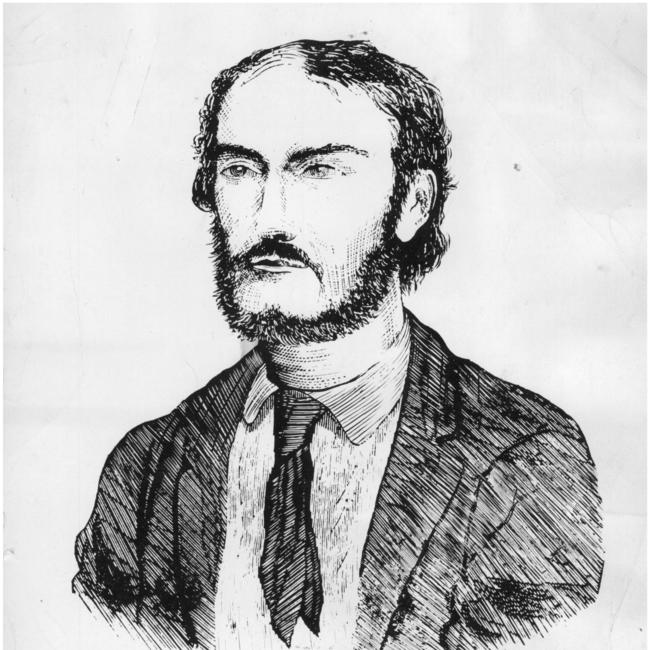
Ward remained on the run incredibly until 1870 during which time he committed several robberies as a bushranger.

His luck finally ran out on May 25 1870 near Uralla on the Northern Tablelands.
Having spent many of his final hours drinking at the nearby inn, he attempted his final robbery only to be shot and killed by Constable Alexander Binney Walker at Kentucky Creek.
Little is known of what happened to his companion Britten.
There is a statue to remember the legendary bushranger at Uralla.
MAD DOG’S HACKSAW BREAK OUT
Russell “Mad Dog” Cox remained on the run for almost 11 years after successfully breaking out of Long Bay prison in 1977.
Remarkably, the convicted armed robber was being housed in the notorious Katingal section of the prison when he escaped, a maximum-security facility which was believed to be completely escape proof.
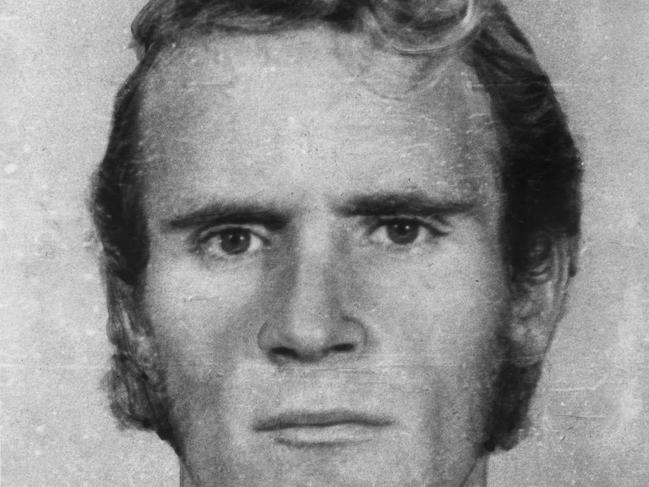
Cox used a hacksaw blade to slowly, over weeks, saw away at a metal bar in the exercise yard of Katingal in a blind spot area for security cameras.
One day he asked a prison guard if he could fetch his shoes from the yard and he escaped.
He was eventually arrested in 1988 and was released from prison on parole in 2004.
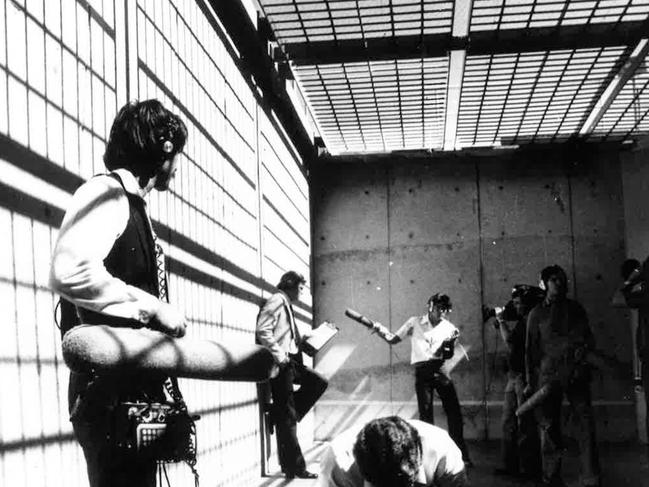
Cox also tried to escape Long Bay prison in 1975, two years prior to his successful escape, but was shot in the arm during a dramatic shootout.
STEELE’S DISGUISH OUTFOXES GUARDS
Violent criminal Ian Steele’s first escape was in 1983 when he and two other prisoners fled from Darlinghurst Courthouse after overpowering and injuring two guards and stealing their keys. He was on the run for several months before his arrest.
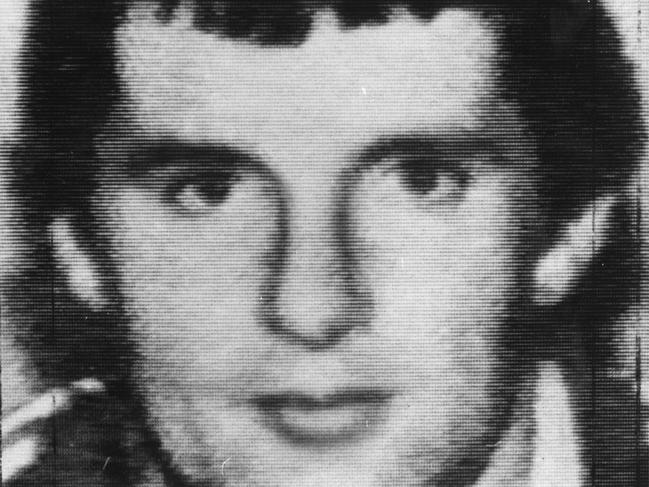
In 1986, he managed to escape from Long Bay prison, shaving his beard before disguising himself as a prison warden. He reportedly walked out of the prison unnoticed alongside other guards.
While on the run he carried out a string of bank robberies in Australia and left the country on a false passport.
In the UK, he became a notorious bank robber until his eventual arrest in 1989. Not long after police discovered the body of his girlfriend whom he murdered.
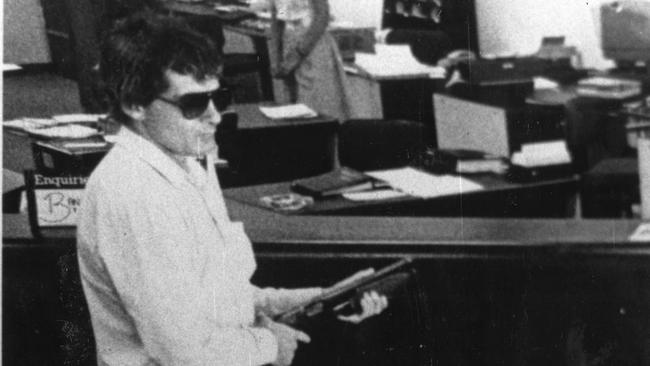
He was deported back to Australia in 2017 and is now serving a further 28 years in prison for his bank robberies in the 1980s.
THE ANGEL OF DEATH’S TWIN ESCAPES
Julie Cashman was pregnant when her partner, Bruce Kennedy, helped her escape from Mulawa prison in Sydney’s west (now Silverwater Women’s Correctional Centre) in 1978.
She had been jailed for trying to rob a supermarket.

While in Mulawa, she escaped through a toilet block window – losing her clothes in the process – and met her partner outside who had made a hole in the prison fence.
The pair were caught a few weeks later in Queensland in dramatic circumstances which led to the death of her partner Kennedy.
Remarkably, she escaped custody again in 1983. Her new partner crashed a car through a set of gates at Auburn Hospital where she had been transferred, according to an account in Wendy Lewis’ book Jailbreak.
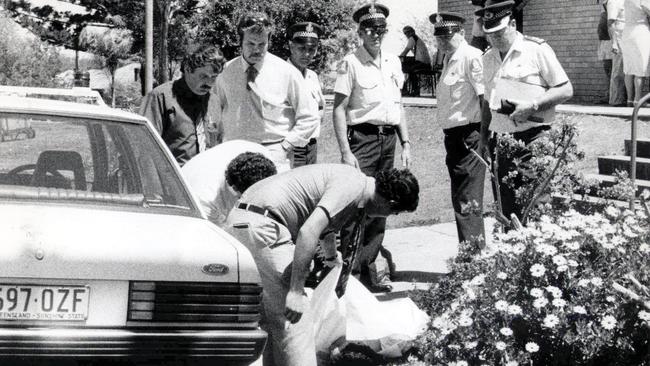
The prison guards escorting Cashman were threatened at gunpoint and she took off.
She eventually handed herself in to police and was nicknamed “Angel of Death” because both her partners died while committing crimes or while on the run.
CHEEKY DUGAN’S ‘GONE TO GOWINGS’
Darcy Dugan was one of Australia’s best escape artists.
In 1946, he escaped out the roof of a prison tram which was escorting prisoners between Long Bay prison and Darlinghurst Courthouse. He remained on the run for almost two days.
The tram is still kept in the Sydney Tramway Museum.
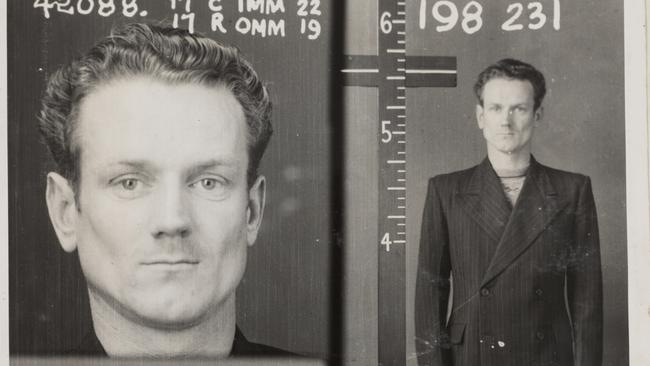
After serving his time, he was in trouble again with police and was sent back to prison in 1949.
While at Central Police Station that year, awaiting to attend court, he reportedly used a hacksaw blade to cut through metal bars in his cell. He and a friend snuck out and escaped through a skylight.
He was arrested a couple of months later.
The bank robber was involved in multiple further escapes, and unsuccessful escape attempts, during his lifetime.
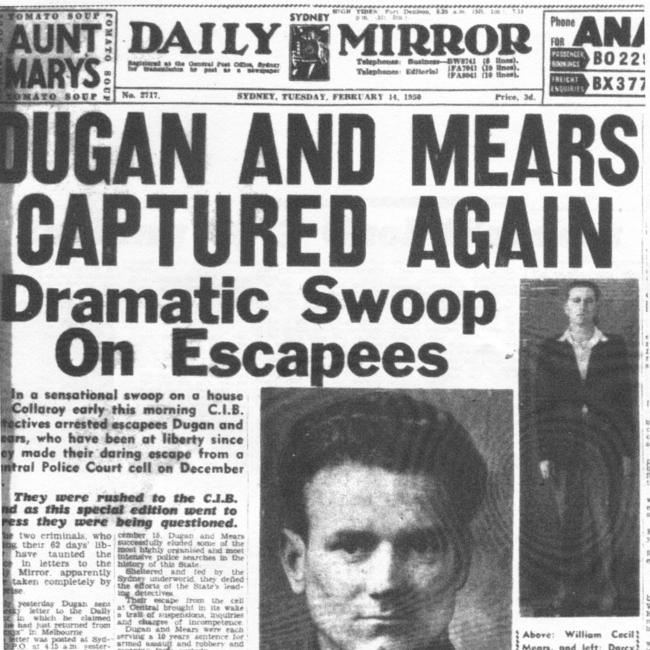
He was also known for his humour and during one escape borrowed an advertising slogan from legendary Sydney retail store Gowings to taunt his former captors.
In the 1940s the store had come up with the catchy slogan ‘Gone to Gowings’ which was used in comic scenes usually said by someone who had just hastily departed.
It is said that before one such escape he scrawled “Gone to Gowings” on his cell wall.
DUO IN PRISON CHAPEL ESCAPE
Two inmates escaped Long Bay prison in 1959 before committing a murder and sparking a massive manhunt.
Kevin Simmonds and Leslie Newcombe escaped through a ventilation duct in the roof of the prison chapel.
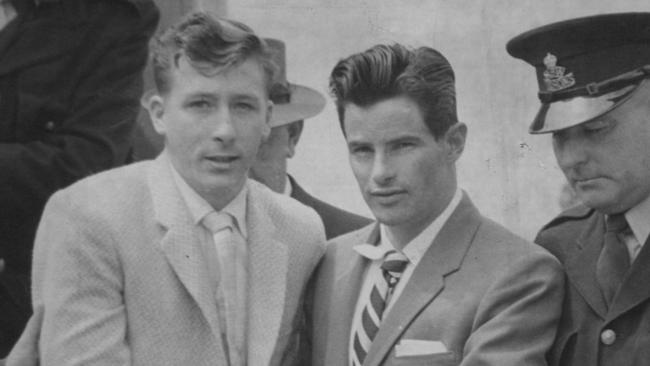
The pair bizarrely travelled to another prison in Emu Plains to steal supplies, where they killed a guard and took his gun.
It sparked a huge manhunt which was all over the news for weeks. Newcombe was captured within two weeks while Simmonds lasted over a month on the run.
Simmonds had originally been imprisoned for armed robberies while Newcombe had committed break-ins.
RALPH’S GREAT TRAIN ESCAPE
German-born Ralph Wahle risked his life to escape custody in 1961.
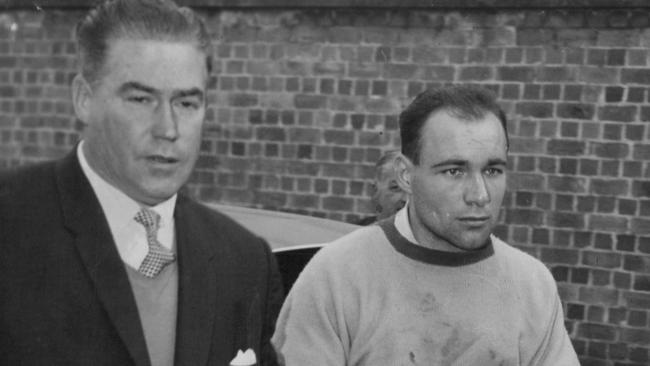
He had earlier escaped a prison in Victoria and made his way to Sydney where he committed several break-ins before he was arrested.
While being transferred to Long Bay prison, he made a daring escape on a prisoner train.
He had asked to use the toilet before leaping from the train near Cowan in Sydney’s north, reportedly at a speed of about 80km/h, after managing to prise open a window.
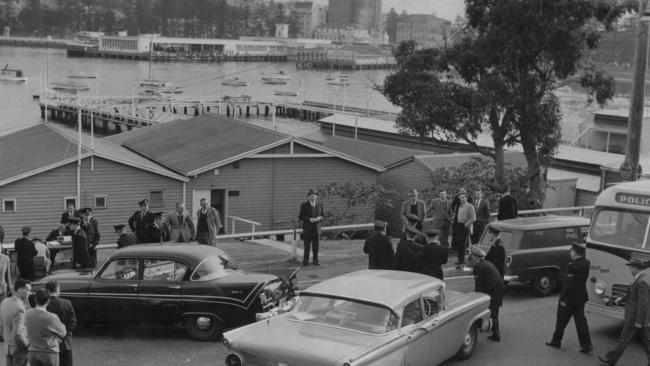
A huge manhunt was launched involving hundreds of police before he was eventually arrested in Manly three days later.
LAST MINUTE CALL SCUPPERS ESCAPE
Michael Murphy and Anthony Lanigan were part of an outrageous escape attempt at Parramatta jail in 1979.
However, their escape plan unravelled when Murphy foolishly made a call to a relative on the eve of the planned escape, which tipped off the guards.
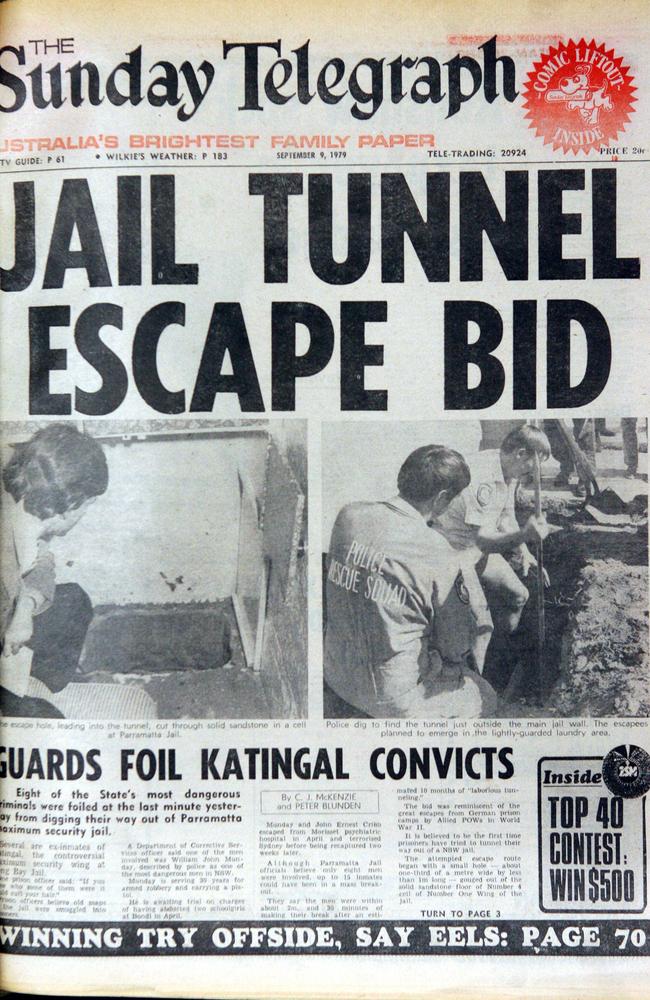
The pair along with other prisoners had dug a long underground tunnel over a period of 18 months out of a prison cell.
In 1985, Murphy did managed to escape Silverwater prison and was involved in the heinous and brutal murder of Anita Cobby a year later, alongside his brothers Les and Gary. Michael Murphy died last year in prison.
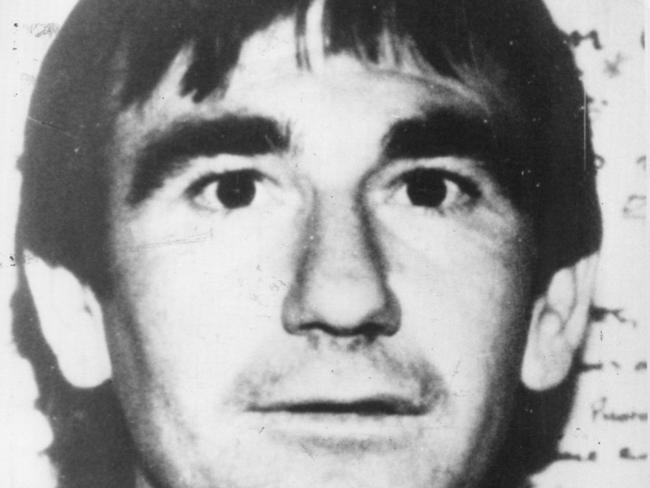
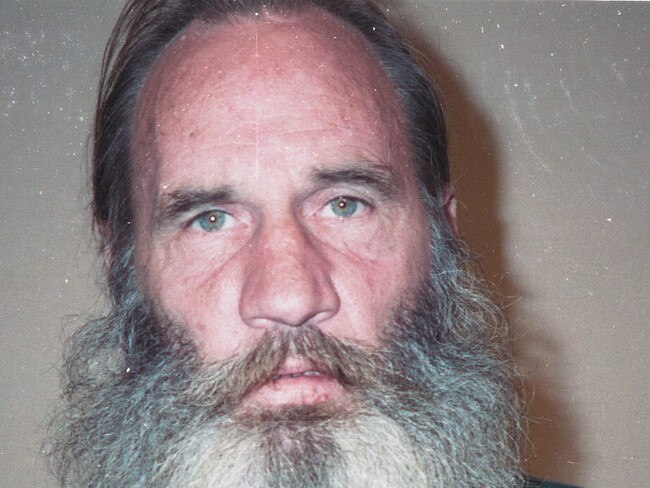
Lanigan, a convicted murderer, was nearing his release from Long Bay prison in 1995 when he escaped and has not been seen since. He was a minimum-security prisoner at the time and reportedly escaped through a fence.
THE GREAT OLYMPICS BREAK-OUT
The 2000 Sydney Olympics was in full swing. And, nearby, a plot to escape Silverwater prison was underway.
Minimum-security prisoners Allan Stebens and Chad Richards, a convicted armed robber and thief, managed to scale a sharp fence and escape the jail.
They then carjacked a vehicle carrying Korean Olympic volunteers in a frightening ordeal. The prisoners drove off, without the volunteers, to Sydney’s inner west before escaping.

It was a PR nightmare for the Sydney Olympics. Richards was arrested two days later and Stebens two and a half months later, in different parts of Sydney.
On Guard – an eight-part podcast – uncovers what really goes on behind bars as former correctional officers share shocking secrets from the frontline of working with some of Australia’s most infamous criminals. Listen below.


